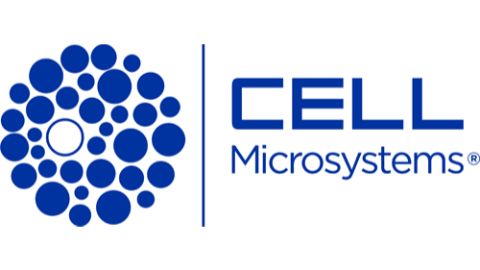Homology-directed repair with Dharmacon™ Edit-R™ CRISPR-Cas9 and single-stranded DNA oligos

The CRISPR-Cas9 system derived from Streptococcus pyogenes uses the Cas9 nuclease protein that complexes with a tracrRNA and a targeting crRNA containing a 20 nucleotide guide sequence complementary to the genomic target of interest, to create double-strand DNA breaks. Once the double-strand break occurs, the mammalian cell utilizes endogenous mechanisms to repair the broken genomic DNA. In the presence of a donor sequence, the double-strand break can be repaired precisely using homology-directed repair (HDR) resulting in the desired insertion or knockin. Here we demonstrate the use of synthetic single-stranded DNA oligo donors in a novel gene editing (Dharmacon™Edit-R™) platform comprised of synthetic tracrRNA and crRNAs which program Cas9 nuclease to perform HDR, resulting in precise insertion of short DNA sequences. By carefully optimizing lipid-based transfection conditions, we can utilize this platform to create knockins with efficiencies as high as 25%. We evaluate several parameters that affect the HDR efficiency including the length of homology arms needed in the single-stranded DNA oligo donor. Our data show that HDR is able to perform insertion of 10-12 nucleotide sequences with as little as 20 nucleotide homology arms. We additionally provide experimental workflows to perform simple and effective lipid-based HDR transfections in a 96-well plate format. The methods presented within can be applied to HDR-based insertion of epitope tags such as a FLAG tag, SNPs, precise stop codons, and amino acid changes in the active site of enzymes.





